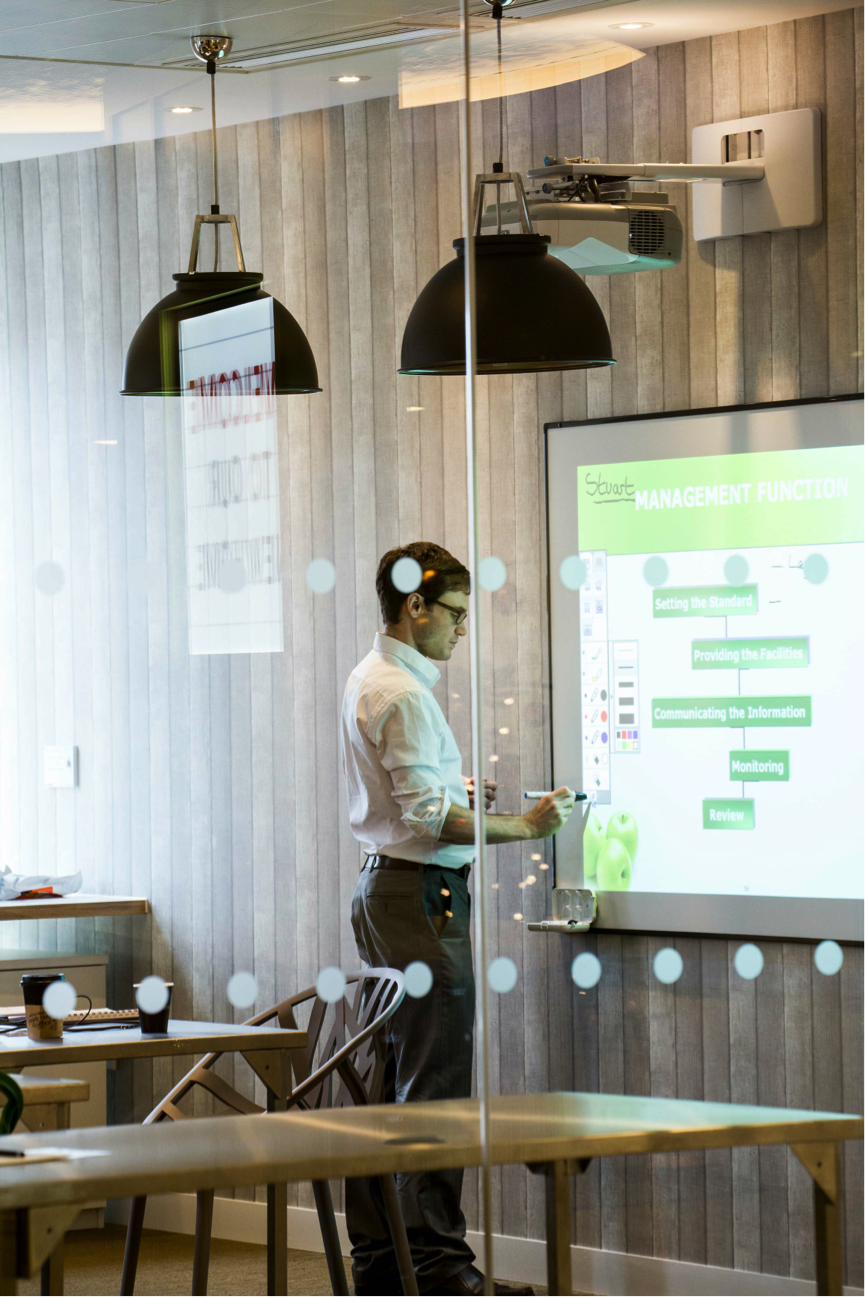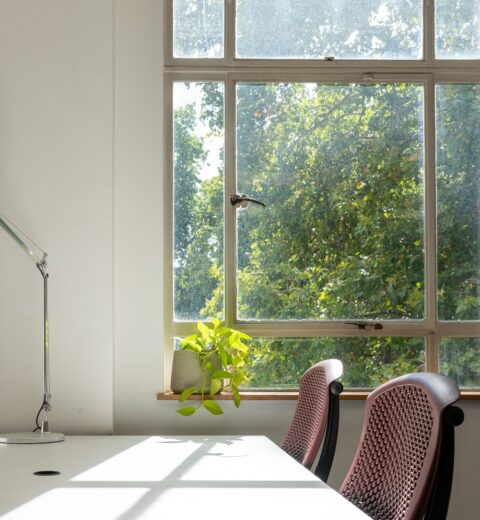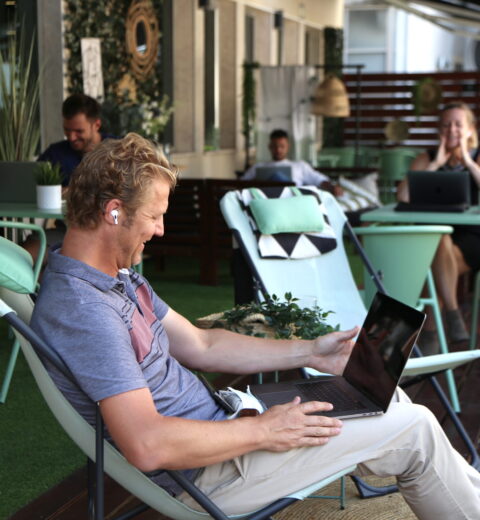Does your office need a ‘third space’?
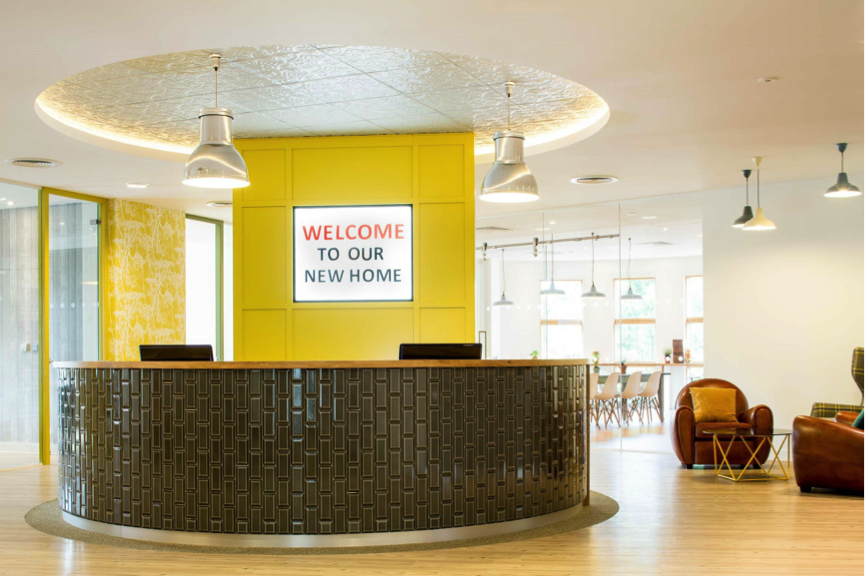
Here at eOffice we have been on a quest to unveil what is the future of the workplace and how are the Millennials affecting the changing patterns of the office as we know it. We took this conversation over to Scott Colman – Creative Director, Blue Jelly, a leading office design company, with large portfolio of creative space acquisitions for big and small enterprises. With reference to one of their latest projects – the redesign of WSH office, we discuss the emerging concept of the “third space “ and what is its role in the evolution of the workplace.
eOffice: How would you define a “third space”?
Scott Colman: With more workers on the move, the office landscape as we know it is drastically changing. The traditional ‘9-5’ is out the window and a mobile working revolution is now taking place within ‘third spaces’. As workspace accommodation models have evolved from shared desks, working from home and distributed workplaces to activity based working, the concept of the ‘third space’ has become increasingly popular.
The ‘third space’ sits in amongst our workstations and formal meeting rooms, allowing for a less formal meeting area or a place where workers can go to work on projects alone, thus offering a variety of different working options and helping to increase productivity as well as efficiency.
This “In-between space” meets the needs from both ends of the working spectrum and offers a lot more for employees. The spaces designed within the ‘third space’ welcomes and encourages entertainment, collaborative meetings and relevant working relationships. Allowing employees to mingle in a professional and social way inspires originality and creates opportunities for partnership and unplanned meetings that can add value to the business. It can increase knowledge sharing, build a sense of community and improve employee satisfaction and retention.
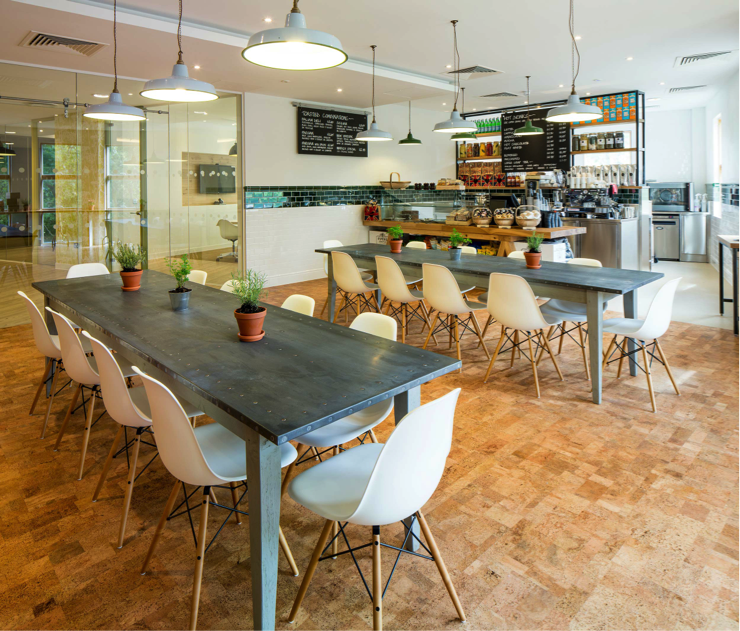
eOffice: How can workplaces adapt to the changing habits of work?
Scott Colman: The workplace continues to evolve as new age groups, technologies and office styles come about. As a result, businesses are finding it essential to respond to these changes with environments that works best for them.
The hardest part of workplace change is not the physical environment or technology; it’s the people. Their culturally conditioned attitudes about how they should be managed, when they should work, and their attachment to the traditional centralized workplace can make it challenging. We desperately crave change in our workplaces, and yet we’re uncomfortable when it occurs. That said, there are basic strategies you can deploy to facilitate change: both involving workers in the planning process and giving them the ability to choose how, when and where they would like to work. This also allows participants to understand the organization’s core values, culture and business goals.
The key to success is to understand that people know best how, when and where to work. The best way to help them perform to their highest levels is to give them choices. Eric Richert, Co3 Group.
Most employees respond to internal changes in their work environment with nervousness and resistance, however as workers change, so does the workplace. It is no longer just a place of employment, today’s work environments are a forum for corporate expression, collaboration and communication.
A workplace should be forged into the image of their employee’s identities, not a workplace that tries to define them.
We are already witnessing the diversification of traditional corporate offices to other alternatives such as third spaces or co-working. Corporate offices are shifting away from emphasizing solo work, turning the percentage of personal space from 60% to 30%. This shift enables meetings of different degrees of formality and sizes with flexible drop-in workstations.
These trends generally don’t impact the workplace directly, but have more to do with affecting how our employees work. The physical workplace is far more than just furnishings and real estate.
New ways of working and workplaces are no longer just the trails of the innovators. They are quickly becoming mainstream and primary for most companies. Get ready to embrace these new approaches for your workplace or you may find that most other organisations “got it” and moved on.
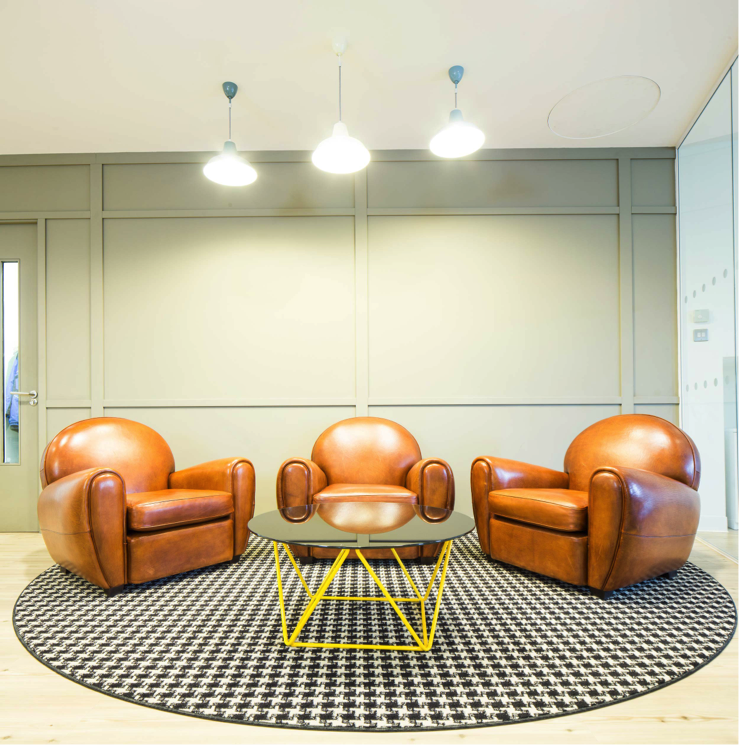
eOffice: What are the key elements in the contemporary office space?
Scott Colman: Ever since the corporate tech giants like Google and Facebook demonstrated their all new creative and ‘cool’ offices, we are all trying to break the mould and introduce a similar unique working environment for your employees.
Creating a cool office space can and should reflect a company’s culture
More people are embracing the idea that creative work environment helps stimulate minds and inspires innovation. To create and maintain a contemporary office space, these 5 elements are key.
Fun and Creative: If you want to get your employees to think outside-of-the-box, you need to motivate them with a creative and fun workplace. Whether it’s a tranquil setting, games area, or an amazing office mural, there’s something about an office that has been designed to inspire innovative thinking.
Healthy living: Allowing your employees to live a healthy lifestyle not only at home but at their workplace is extremely important as well as beneficial. By improving the health and wellbeing through office design, in return you will achieve a happier and more productive workforce. Whether they choose to tackle stress in a ‘chill out zone’, sign up to a yoga class to get fit or simply have a choice for a healthy meal at lunch, this will encourage a nutritious work life.
Space: Every employer needs their own space to work, think and build. Designing an open planned office which provides workers a choice of diverse workstations is something most people would only dream of. Open space offices offer various communicative options within homely and comfortably-furnished zones around the office. This type of office will contain team zones, think tanks, lounges and the ubiquitous coffee bars, as well as higher-density workstations.
Flexible: The days have gone where we were once tied to our desk from Monday to Friday. Allowing your employees to take control of their work schedule and where they work has become increasingly popular. Flexible working is a valuable benefit encouraging workers to use all spaces, places and technology available to them. Giving your workers this freedom supports a more empowered and motivated workforce.
Technology: From iPhones, to iWatches, we are embracing every bit of new technology that has been offered to us. Technology has made it possible to work from virtual offices and communicate with businesses as well as individuals across the globe. Having meetings or even a catch up call, it has been made accessible to use anywhere, anytime, in any form. This type of technology has resulted in us saving time and money.
Blue Jelly are a strong believer in building a space which meets all needs and necessities within the workplace. A prime example of this was when Blue Jelly partnered with WSH at an early stage to design a solution inspired by contemporary office space, including catering and leisure environments. This space reflected materials, settings and cues seen rarely in traditional corporate environments. The deconstruction of blank generic office space has begun.
